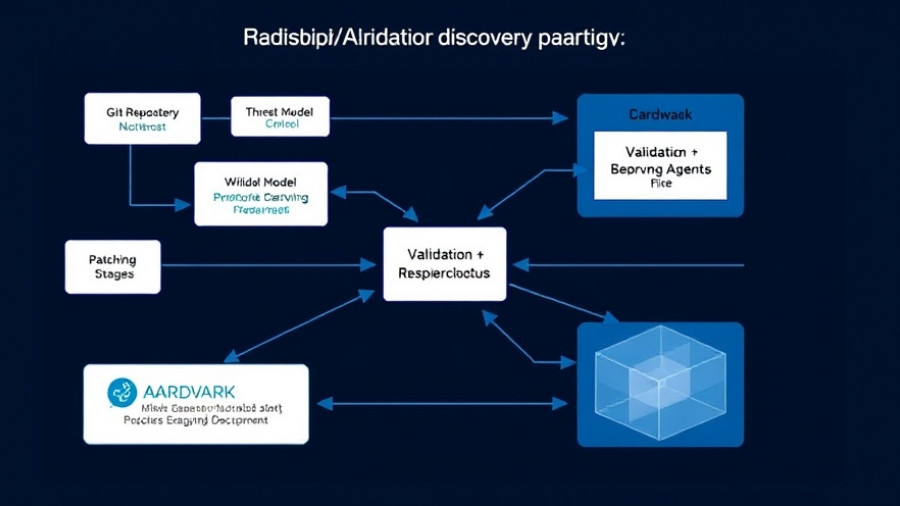
Understanding the Surge: What Are AI Agents?
AI agents are designed to interact with users continuously, unlike traditional AI models that function intermittently. This shift could lead to a significant increase in network traffic as these agents become more commonplace in our daily lives. According to Cisco's CEO Chuck Robbins, the demand for inferencing in both enterprise and end-user environments suggests that network traffic will not only rise during peak chatbot activity, but remain high as AI agents are always engaged in some form of communication.
The Network Traffic Debate: Perspectives from the Industry
While Cisco promotes the idea that AI agents will drastically raise network traffic levels, not everyone shares this optimism. Analyst Dean Bubley raises skepticism regarding the assumption that all AI-driven interactions will lead to higher baseline traffic. He points out that the context of each interaction impacts the overall network demand, which may not be as significant as suggested. On the other hand, telecom veteran Azita Arvani expresses a more nuanced view, agreeing that traffic will rise but emphasizing security concerns over volume alone. As AI agents are integrated into networks, safeguarding against potential threats is crucial.
The Impact of Continuous Engagement on Network Infrastructure
For tech enthusiasts, the implication of sustained engagement through AI agents raises questions about whether current network infrastructures can handle the growing demands. A foundational aspect of this discussion is the need for upgraded hardware and software systems to manage the potential influx of data. Moreover, as deep reasoning AI becomes more common, the complexity of tasks managed by AI could also result in increased strain on network systems. This brings to light the balance that needs to be struck between adopting new technologies and maintaining robust infrastructure capable of supporting them.
Future Predictions: Traffic Levels and Their Implications
As we look toward the future, predictions about network traffic levels driven by AI agents highlight potential challenges and opportunities. Analysts foresee that as the market adapts to this shifting paradigm, firms will need to invest significantly in both infrastructure upgrades and innovative solutions that manage traffic more efficiently. Moreover, operators must prepare for the unforeseen consequences of increased AI interactions—an area still shrouded in uncertainty.
Bridging Ideals with Reality: What to Expect
In thinking about the integration of AI agents into mobile networks, it's essential to consider both sides of the discussion. While the excitement surrounding agentic AI is palpable, the realities of integration call for a careful approach. Operators must remain vigilant about training staff and developing strategies that prioritize security, flexibility, and reliability as deployment increases.
Concluding Thoughts: Embrace the Future, Prepare for Challenges
The emergence of AI agents presents both remarkable opportunities and formidable challenges in the telecom landscape. As these technologies develop, the networks of tomorrow must evolve to support sustained engagement without sacrificing security or performance. Adapting to these innovations will not only enhance user experience but empower operators to manage traffic efficiently in the new AI-driven age. For those interested in the intersection of AI and telecommunications, staying informed is key.
 Add Row
Add Row  Add
Add 




Write A Comment